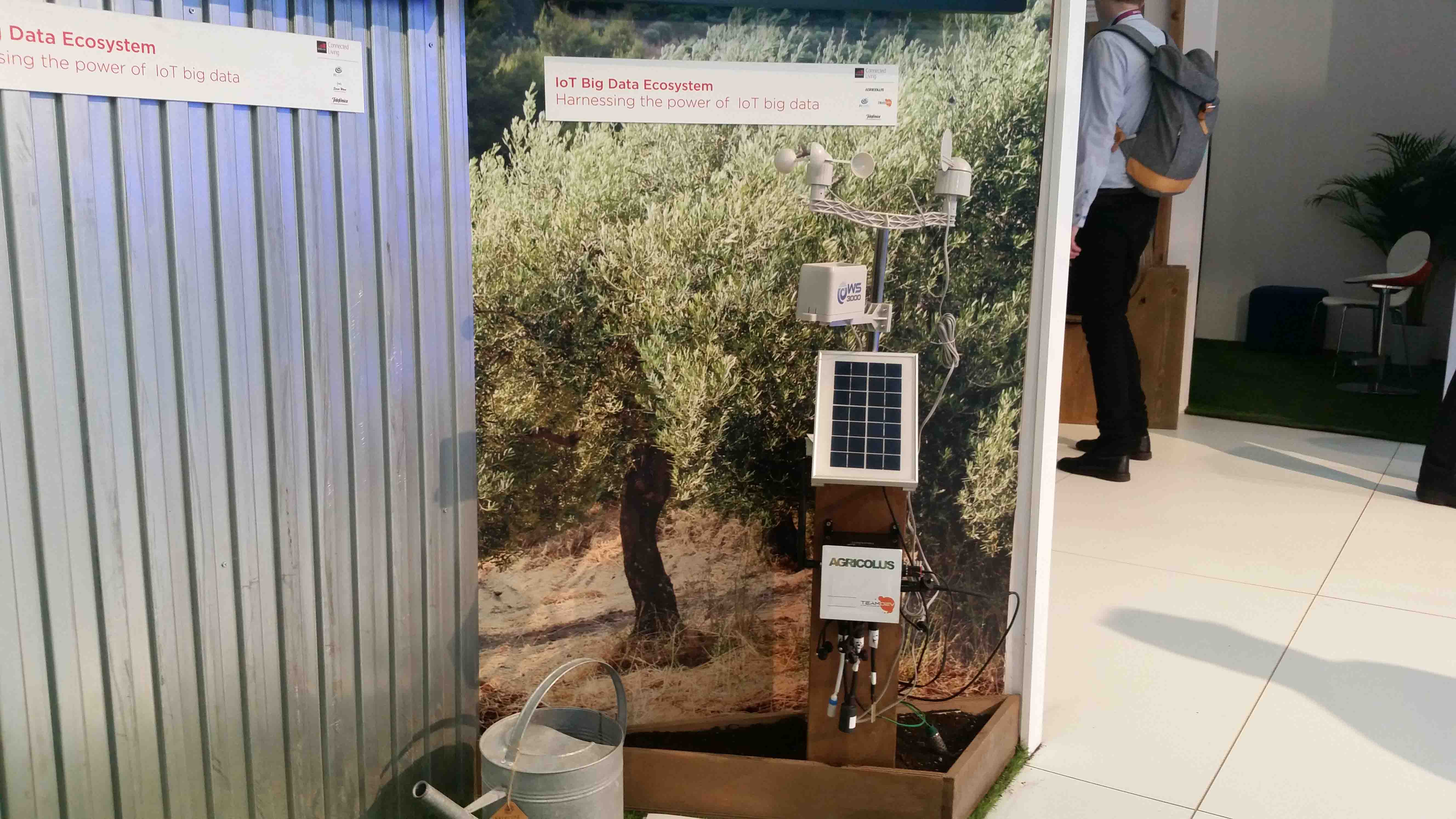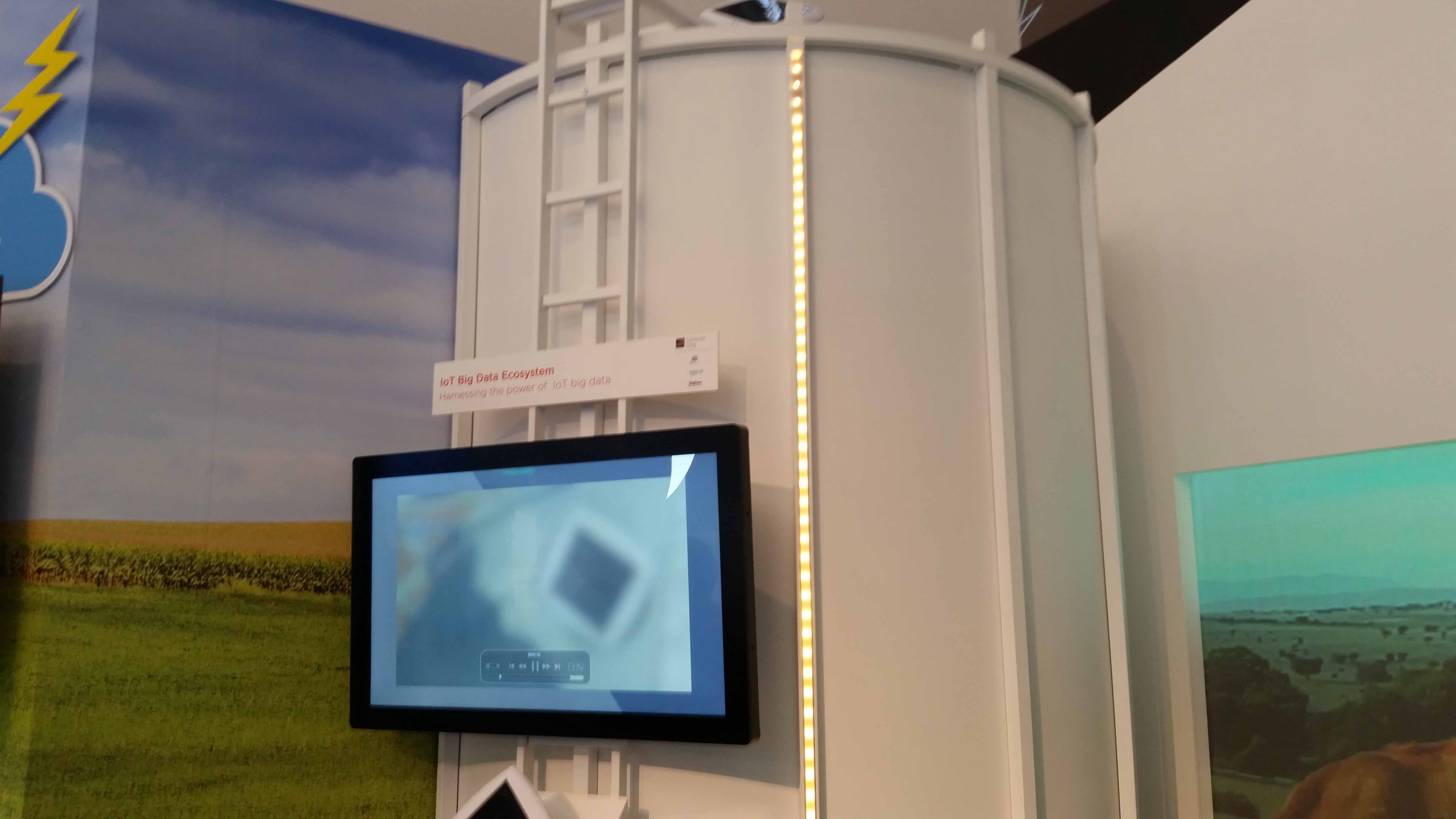Recent advances in Low Power Wide Area (LPWA) technologies have given considerable attention to sectors that could benefit from the use of low data rates, long battery lives and that typically operate in remote locations. One such sector is smart farming, which is using these key features and Big Data to bring safer, more cost efficient IoT solutions to this field.
One initiative helping to evolve this sector is FIWARE, which aims at creating a sustainable ecosystem around the development of smart applications using the FIWARE Open Source Platform. FIWARE is particularly tailored to smart applications with a strong IoT component, as are the three smart farming applications showcased within the GSMA Innovation City at Mobile World Congress. By using standard FIWARE APIs and Data Models as well as cellular connectivity, they process data gathered from sensors, significantly improving smart farming processes.
For example, Stepla (a Cattle tracking showcase developed by SensoWave) demonstrates how cattle can be fitted with sensors that provide information on their location and movements. By tracking movements, farmers can be alerted when livestock stray outside of their territory and can understand if they are sick or calving through protracted periods of inactivity. When combined with external harmonised data (such as weather and air quality) it provides the farmer with information on how local conditions may impact livestock.

Sensors are also used in Agricolous (a product developed by Team Dev), a smart agriculture solution. Agricolous uses multiple sensors to measure soil (nutrient level, humidity, water content, temperature) and weather conditions, to optimise growth conditions, crop yield and business efficiency.

FIWARE is also showcasing Smart Silo (developed by Ubikwa), a device with a solar panel battery which allows farmers to track silo stocks. Here, sensors fitted to the silo are able to alert farmers when their stock is running low, reducing the risk associated with conventional stock checking and consequently optimising logistical costs. The solution also has the potential to be linked directly to the stock supplier, enabling automatic deliveries when stocks run low.
These demonstrations provide a glimpse of what will become commonplace in the farming sector in the years to come. As well as cost efficiencies, improved business management and safety benefits, these solutions can also lead to environmental benefits and can be easily implemented in developing countries. According to Machina Research, the total global revenue in the smart farming sector stood at $790 million in 2015, and is predicted to increase nearly fourfold to $2.8 billion in 2020.
To experience these demonstrations, visit the GSMA Innovation City, located at stands 3A11 and 3A31 in Hall 3, at Mobile World Congress.


